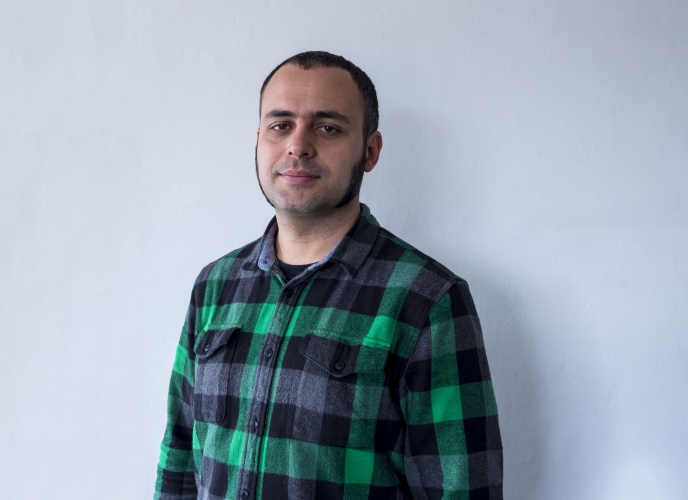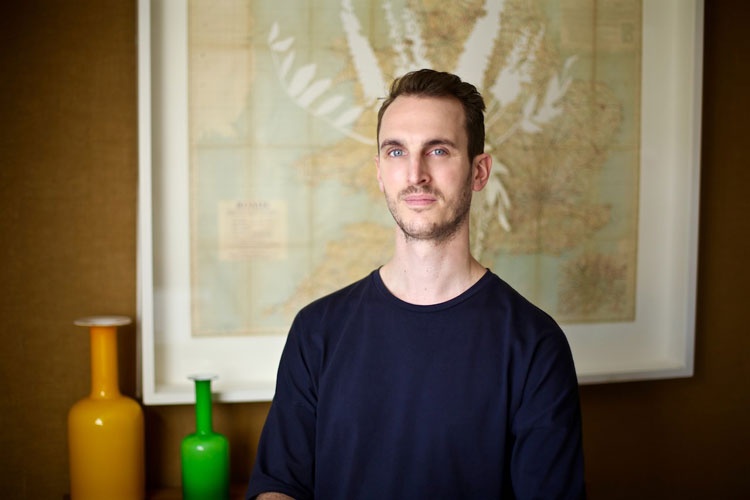How can clients get the best out of creative people?
Last week, we wrote about a new book by US graphic designer Bonnie Siegler called Dear Client, This Book Will Teach You How to Get What you Want From Creative People. Now, designers and design business experts tell us how to develop the dream client-designer relationship.

“Getting the best out of creative people is easy. Pick a designer or consultancy whose work you genuinely admire – but please don’t ask them to produce a ‘me too’ copy of something they’ve done before. Meet them to make sure they’re not total twats and you have some chemistry (design and branding projects can be quite intense). Tell them what your budget is and what your aspirations for the project are up front. Write the brief together. Let them ask you lots of questions, then answer them honestly. Give them 50% of their fee up front and let them do their thing for a few weeks. Next, let them present their ideas to the top bods – the folk who are signing this project off. If you’ve chosen wisely and done all the stuff I mentioned previously, then 99% of the time they’ll present at least one concept that ticks your boxes and gets everyone excited. Now you can get stuck in and massage the concept into something that’s right for your business problem, working collaboratively with them. If it goes well then stay loyal to them and they’ll keep doing the same for a long time to come – making your life easy. Simple.”

“A client’s relationship with a creative must be built on mutual respect. Values should always manifest themselves in behaviours. Respect means acknowledging what each party brings to the table, working with the creative team to protect the core creative vision, and ensure it isn’t lost in budget and project planning decisions. Respect also means having honest conversations about money and intellectual property. Your creative team is a business too. It means embracing the design development process as a means of working together rather than being antagonists. The best creative work comes out of a client and creative symbiosis.”

“Occasionally, it’s been suggested that NB Studio sees a project as a ‘labour of love’. Embedded within this sentiment there is a fundamental misunderstanding of what makes a great designer-client relationship really work. For the designer, every project involves love – it’s impossible for it not to. A designer’s work doesn’t stop when they leave the office for the day. They’ll be thinking about their projects and endlessly reworking new ideas. They’ll let it drip-feed into their subconscious, and wake up with new ideas after dreaming of it at night. Their ideas will be welcomed to join them for drinks on a Friday, or for weekend brunches. If that’s not love, I don’t know what is. It is important to nurture this process, to let designers fall in love with the brief and the client, to build up trust and understanding. Just like any great relationship, this needs to come from both sides. After all, ultimately it’s business. Day rates are set. Money changes hands. Services are rendered. The ability to be smitten with an idea at all hours of the day makes designers so valuable, and this needs respecting. My advice for potential clients is twofold: appreciate the non-stop labour involved with a designer falling in love, and, please, don’t undervalue it.”

“Make consultancies work smarter to win your business. Asking them to provide ‘creative ideas’ as evidence of their suitability is way too easy for them, and it’s not so useful for you when it comes to who to choose. Decline any offers of ‘free’ creative. Be clear on this up-front. Replace it with different, more useful assessment criteria. This could include the quality of their point of view on your market or business problem, previous case study examples of where they have worked on similar business problem, with evidence of impact, or a simple proof of method statement to show how they achieve this consistently. Finally, make sure this discussion takes place with the precise team that will be working on your account.”





I totally agree with the above and we have created couple of free guides for our clients and prospects to exactly get the above point across…1) The Creative Brief – how to get the most out of your design agency and 2) The Strategic Branding Workshop – why they are important and what they cover
Happy to share those…just get in touch. nina@r-design.co.uk